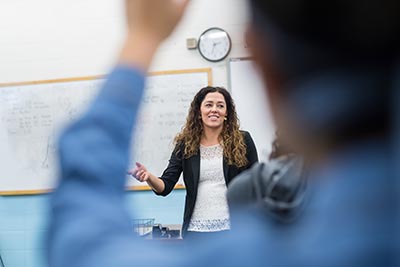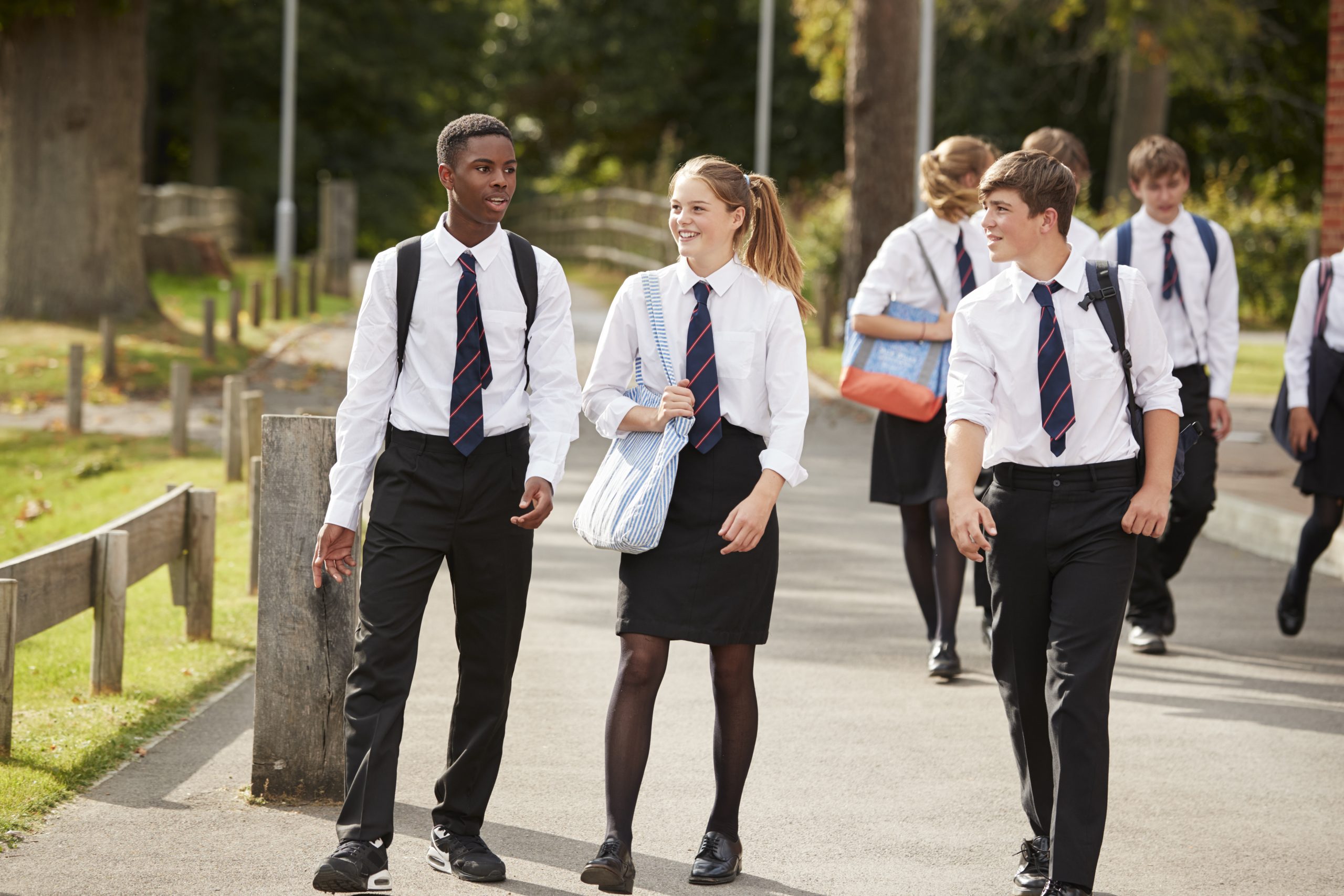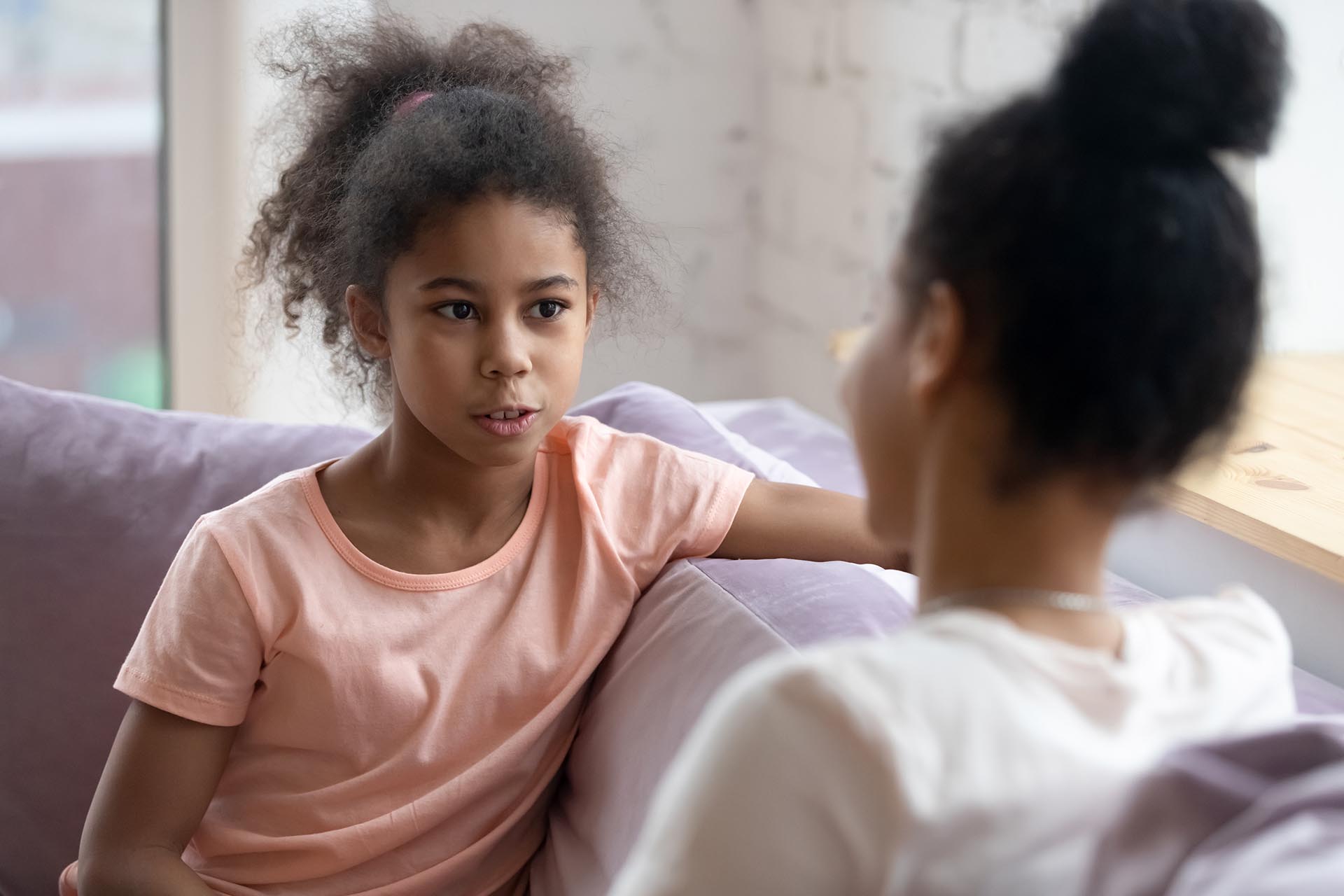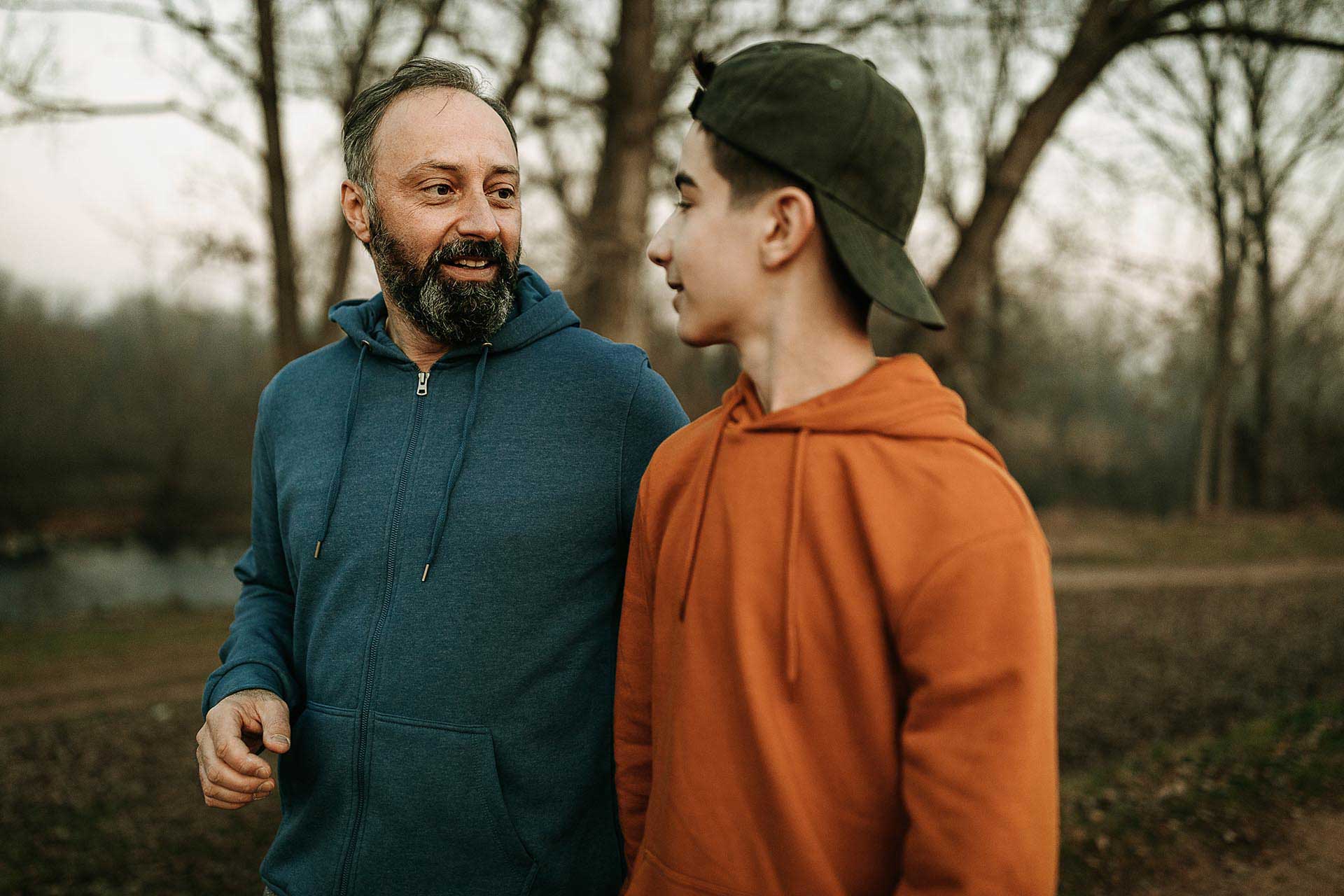When we started teaching the concept of consent in schools about 13 years ago, the idea of asking for permission was laughed at by students who thought it would ‘ruin the moment’ and just be ‘too awkward’ to bring up. But since then we’ve witnessed a distinct shift.
Students now are open to thinking about consent, and there seems to be a greater awareness of what it is and why it’s so important. This is a fantastic change, but even with this greater knowledge, there still can be some confusion around what consent is and when children should start learning about it.
Five to 10
When they’re this young, the conversation should revolve around body safety rather than any mention of sexual activity. This means making sure they knowthe proper names of body parts, and ensuring they understand the difference between public and private, for example how dining rooms are public but bathrooms are private. These two things will help them to recognise when someone is crossing a boundary into a private area or situation and give them the tools to talk about it. But a conversation also about whether they are happy to hug or kiss relatives, for example, when greeting in social situations can be really important here. Some kids love hugging and are very physically affectionate, while others aren’t, and then some are in between (it depends very much on the person and the child’s feeling of comfort). Forcing children to hug or kiss another person when they don’t want to sends them the message that their No doesn’t count. It’s better to potentially upset a relative (who will surely understand if it’s explained to them) rather than teach children that they don’t have autonomy over their own bodies. Substitutes can be used, eg a high five, a wave, a smile, a hello. It’s important that adults listen to children when they say they don’t want to give someone a hug, and that the child is supported each and every time.
A big part of this is letting them know that that their body is their own,and no one has a right to touch them if they don’t want it, and particularly not to look at or touch their private parts without good reason. And finally, make sure they understand thatno child should keep (or be asked to keep) any secrets about anything to do with their private body parts.This will help them recognise that it’s important to talk, even if someone has asked them not to.
11 to 13
This can be a tricky age. Some kids will still find even talking to the opposite sex yucky and embarrassing, while some will experience their first kiss, and others might be realising they have same-sex attractions. While you don’t need to have the sex chat yet, it’s a good time to start laying some groundwork that will help to keep them safe now and set them up with good practices later in life.
First, you can ask them if they’ve heard of the term ‘consent’ and know what it means. Explain that it means to give permission for something to happen or an agreement to do something, but that it’s usually used in the context of between two people. If someone wants to, say, give you a shoulder massage, you have to consent to it, and if say, you want to give your crush a kiss on the cheek, they have to consent to it as well. That means actively saying ‘YES’ – not a shrug or the absence of a no. This short video compares consent around sex to drinking tea, and could be useful to steal an idea for conversation (just use the metaphor, you don’t need to mention sex).
Once again, it’s important to stress to them thattheir body is their own.This can involve explaining that even if a friend or relative asks for a hug, or someone at school/a friend’s place/school camp asks to kiss them, or to do something in a ‘dare’ – they should consider whether they want to, and only go ahead if they decide they do. Tell them it’s okay to say no, even if other kids are doing it, and that even if they’re half way through it’s okay to stop the activity at any time. People are allowed to change their minds.
On the flip side, it’s also important to explain that if there’s something they would like to do with someone else, they should always ask. Whether it’s a dance at a school disco or a kiss with a crush, asking first is a must-do – and both parties have to agree to it, without any pressure. Even if they seem like a kid who’s not engaged with any of these sorts of things, it’s imperative to get ahead of their development so that they’re prepared when the time comes.
Example conversations to get you started:
‘I know you have school camp/such and such’s party coming up. Sometimes, at these sorts of things, kids can play games that might involve dares and pushing boundaries. Remember, no one should make you feel like you have do to something – only you can decide.’
‘I remember it was around this age kids started getting crushes or kissing. Has this happened to any of your friends? Remember, it’s completely normal, and if you decide you like someone and might want to kiss them or go out on a date – you always have to ask first. And if anyone likes you, they should ask you too. You can always stop a date or a kiss any any point you feel like too; it’s okay for a ‘yes’ to turn into a ‘no’ at any point.’
14 to 18
Ok, this is where the conversation gets big. We don’t have room to cover everything in-depth here, so if you’d like to learn more on the topic, we recommend this article, this podcast episode, and this short video (also, this quick vid that likens asking for consent around sex to drinking tea is cute and easy to understand). For most teens this conversation will happen before they ever engage in any sexual activity – and it should. They should enter their first sexual experiences prepared and safe, for both themselves and their parter. And it’s a chat you’ll need to have more than once if you want to set them up with good practices for their adult life.
Hopefully you’ve started a conversation already around what ‘consent’ means. Whether you have or haven’t, it’s best to go over it again, because this time you’ll need to go into what it means in a context of sexual activity. Explain that it means to give permission for something to happen or an agreement to do something, but that it’s usually used in the context of between two people. Any kind of sexual activity, or even non-sexual touching, needs to have the consent of both parties. And that means an active, verbal ‘YES’. A shrug, the absence of a ‘no’, a ‘yes’ that comes out only from being under pressure or coercion – none of these are consent. If someone is heavily under the use of drugs or alcohol, they cannot give consent. There should be a clear understanding between the parties about what you’re consenting to.
Tell them too that it’salways okay to say no; a ‘yes’ can turn into a ‘no’ at any point. Just because you’ve said yes to one thing, that doesn’t mean yes to another (for example, a yes to kissing doesn’t mean a yes to touching, or a yes to mutual masturbation doesn’t also mean a yes to penetrative sex). Just because you’ve done something with a certain person before, doesn’t mean you consent to doing it again – even if you currently are or used to date.
Consent means communicating in words, not just actions. Some teenagers might argue back that it can ‘kill the mood’ to ask, to which you can reply that there are sexy ways you can ask someone if they want to do something, and that they’re going to enjoy the activity a lot more if they’re feeling totally comfortable. And it’s about getting that enthusiastic ‘yes’; if there’s any hesitation from the other person then don’t go ahead. Same with if they suddenly become withdrawn during an act. Check in, ask if they want to stop, and if they say yes (or seem unsure or something is off) – then stop everything.
Talk to your teen about how it’s crucial they spell out every step of the way in a kind, gentle, and loving manner to make sure their crush is on the same page about what’s happening, and also that they feel safe to express their desires and boundaries. Explain that this way, everyone involved will have better, healthier and more respectful and enjoyable sexual experiences.
Example conversations to get you started:
‘I know we’ve talked about what consent means before, but now you’re getting older I think we should have the conversation again. You’re getting to an age where you might start thinking about having sexual experiences with other people, which is exciting! But it also can be confusing, and sometimes unpleasant if you’re not prepared. Can we have a chat now about what consent looks like between two people? Consent is key to helping you stay happy and safe.’
‘Have any of your friends at school started dating yet? Do you think it’s something you might be interested in soon? Whether it is, or it isn’t, I think we need to have another conversation about consent. It’s the most important part of sex, and I want to make sure you completely understand what it means. Can we talk now?’











